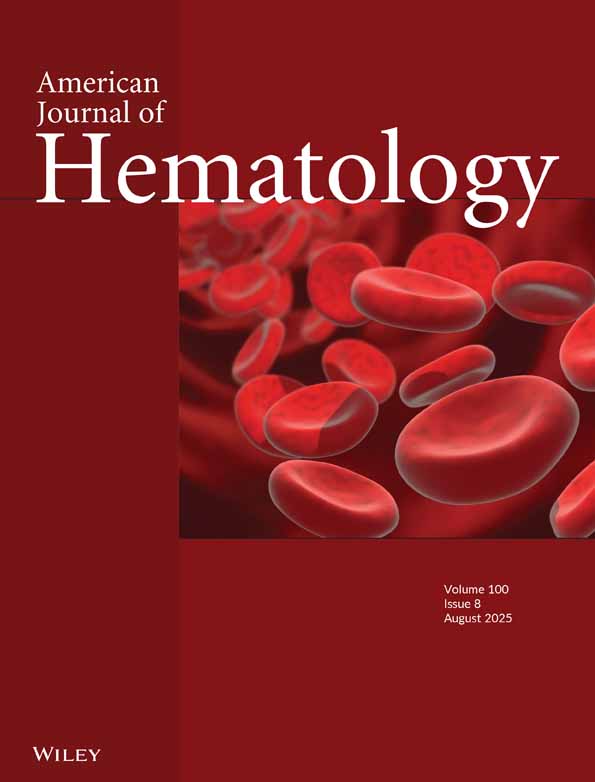Activation of coagulation factor VII by tissue-type plasminogen activator
Abstract
To investigate the effect of tissue-type plasminogen activator (t-PA) on blood coagulation, we examined the effects of the addition of t-PA to normal pool plasma (NPP) on clotting times such as diluted prothrombin time (PT) and kaolin clotting time (KCT). The diluted PT but not the KCT was significantly shortened by the addition of t-PA to NPP compared with the normal controls, suggesting a t-PA–induced activation of blood coagulation through factor VII (FVII) activation. The activated factor VII (FVIIa) concentration in the NPP was significantly increased by the addition of t-PA. Although the FVIIa formation was not observed following the incubation of purified FVII with only t-PA or plasminogen, an increase in the FVIIa level was observed after the incubation of purified FVII with t-PA together with plasminogen, or only plasmin. This plasmin-mediated FVIIa formation was also confirmed by Western blotting. These findings suggest that t-PA enhances the activation of the coagulation system through FVII activation. Am. J. Hematol. 61:34–39, 1999. © 1999 Wiley-Liss, Inc.




